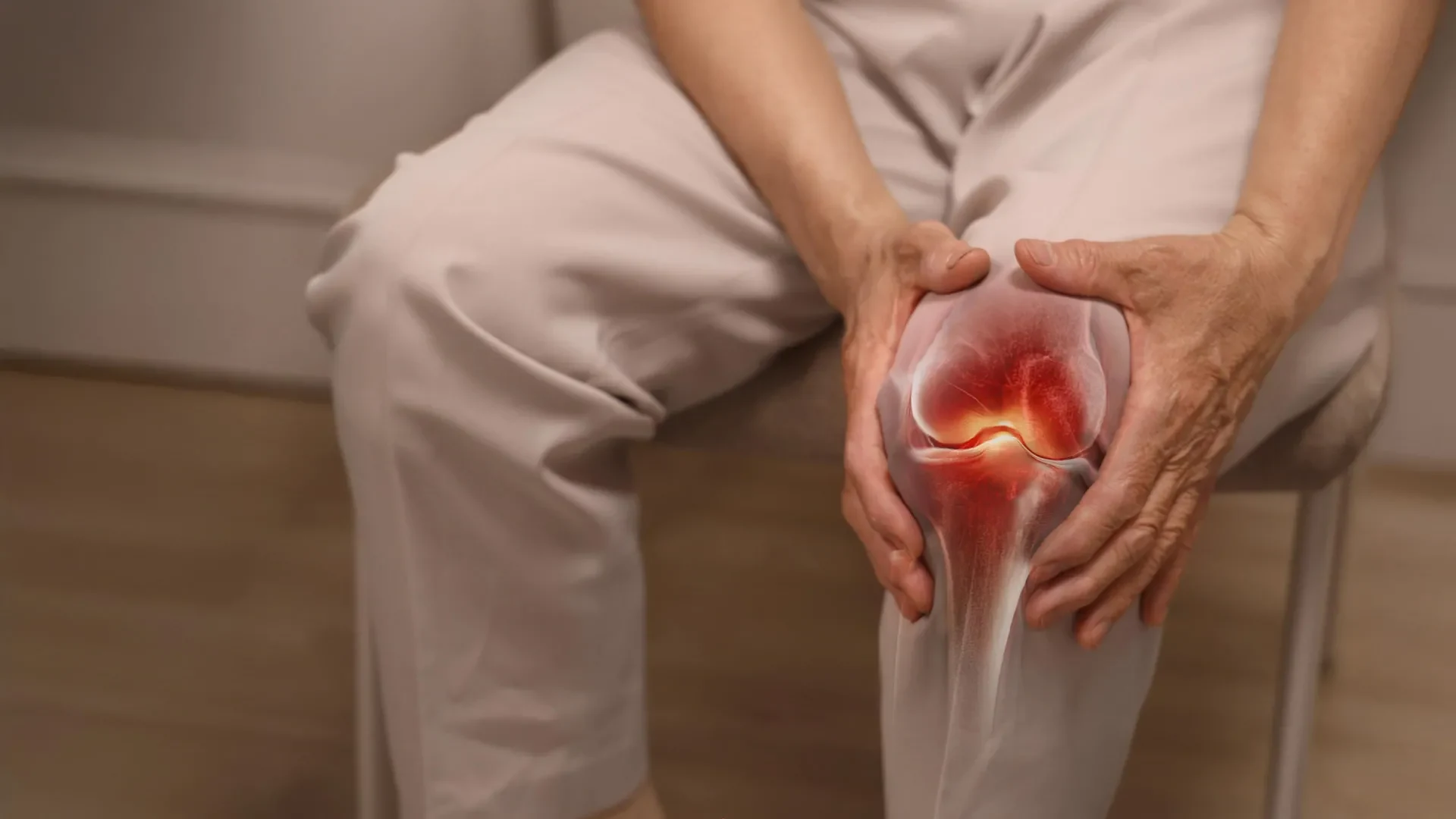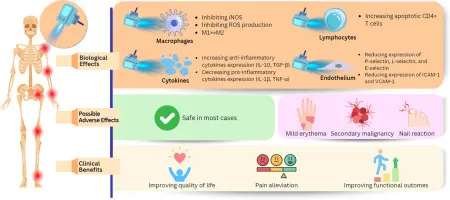A major Korean trial finds low-dose radiation therapy (LDRT) can reduce pain and improve mobility in mild to moderate knee osteoarthritis, showing benefits over placebo with no observed side effects. The dose used was far less than cancer treatments, raising hopes for a new option between painkillers and surgery.

October 15, 2025

Source:
Science Daily
Breakthrough in Osteoarthritis Treatment
A randomized trial led by Korean researchers has shown that low-dose radiation therapy (LDRT) offers significant pain relief and improved mobility for those with mild to moderate knee osteoarthritis. Over 100 patients participated at three major hospitals, receiving either low-dose, very-low-dose, or sham (placebo) therapy. Seventy percent of patients in the low-dose group reported meaningful improvement after four months, compared to 42% with placebo and 58% with very-low-dose, which was not statistically different from placebo.
Unlike standard cancer treatments, the radiation dose used was less than 5% of typical oncology levels (ScienceAlert). Patient safety was prioritized, with radiation targeting only the affected joint and strict limits on pain medication to accurately measure results.
Keep up with the story. Subscribe to the PR+ free daily newsletter

Source:
New Atlas
Safety and International Context
No radiation-related side effects were observed in any study group. These findings align with previous European experiences, where LDRT is already a common practice, especially in Germany and Spain. Historically, LDRT has had limited uptake in the US and Asia due to safety concerns and lack of high-quality evidence until now.
Expert Perspective
Lead investigator Dr. Byoung Hyuck Kim said, "There is a clinical need for moderate interventions between weak pain medications and aggressive surgery." He emphasized the small fraction of radiation dose involved compared to cancer care, highlighting the therapy’s safety record.
Read More

Source:
http://ScienceDirect.com
Share this news:




















